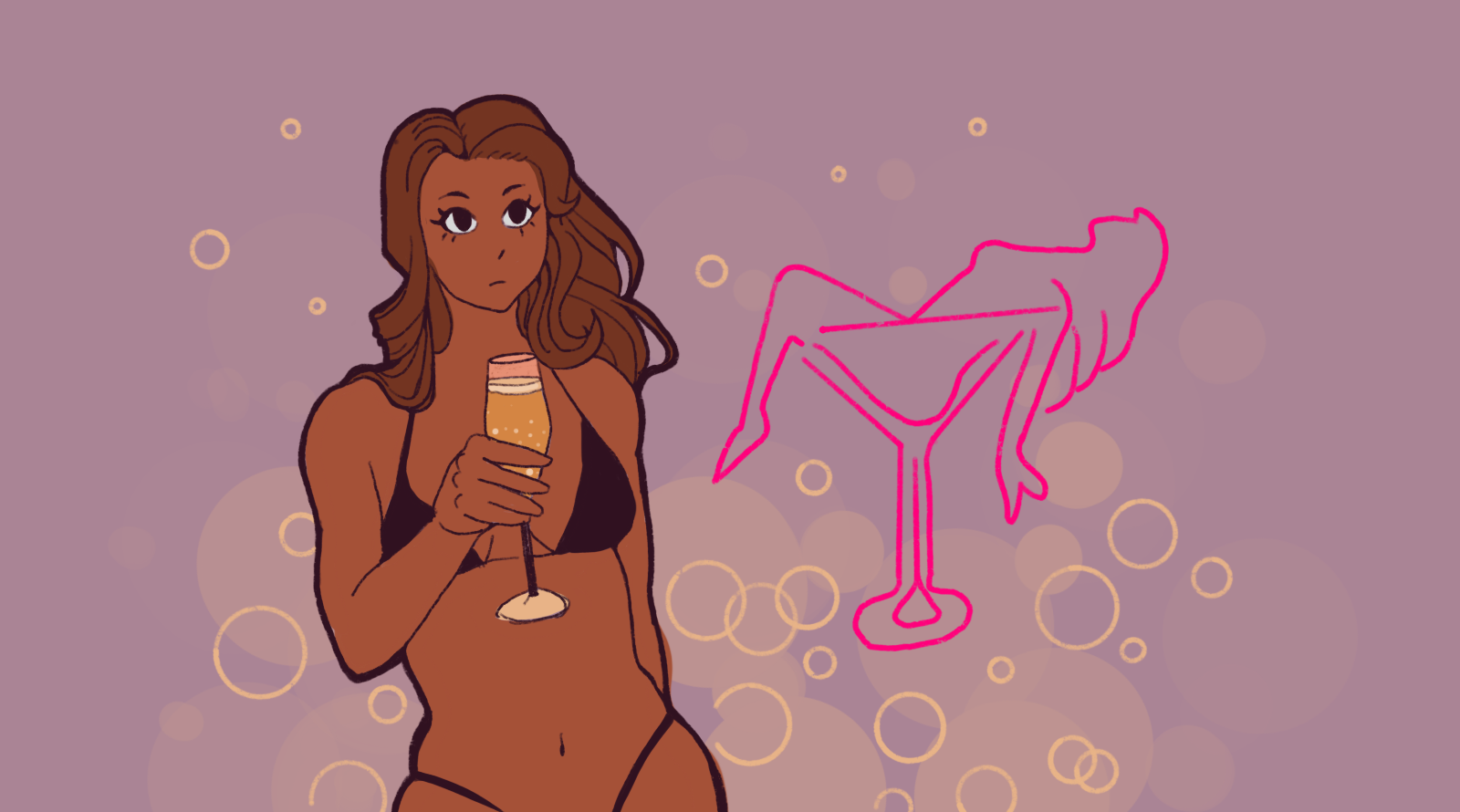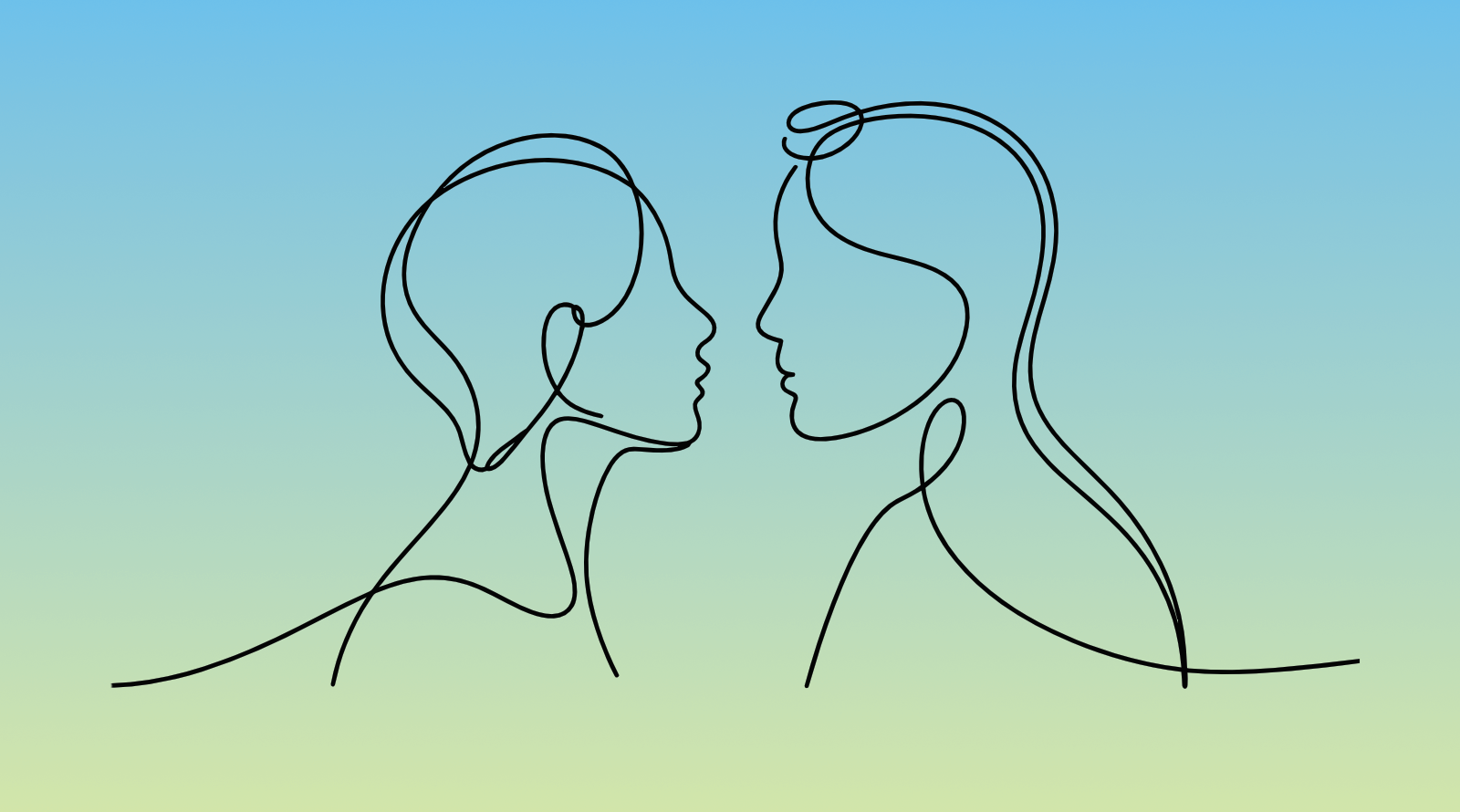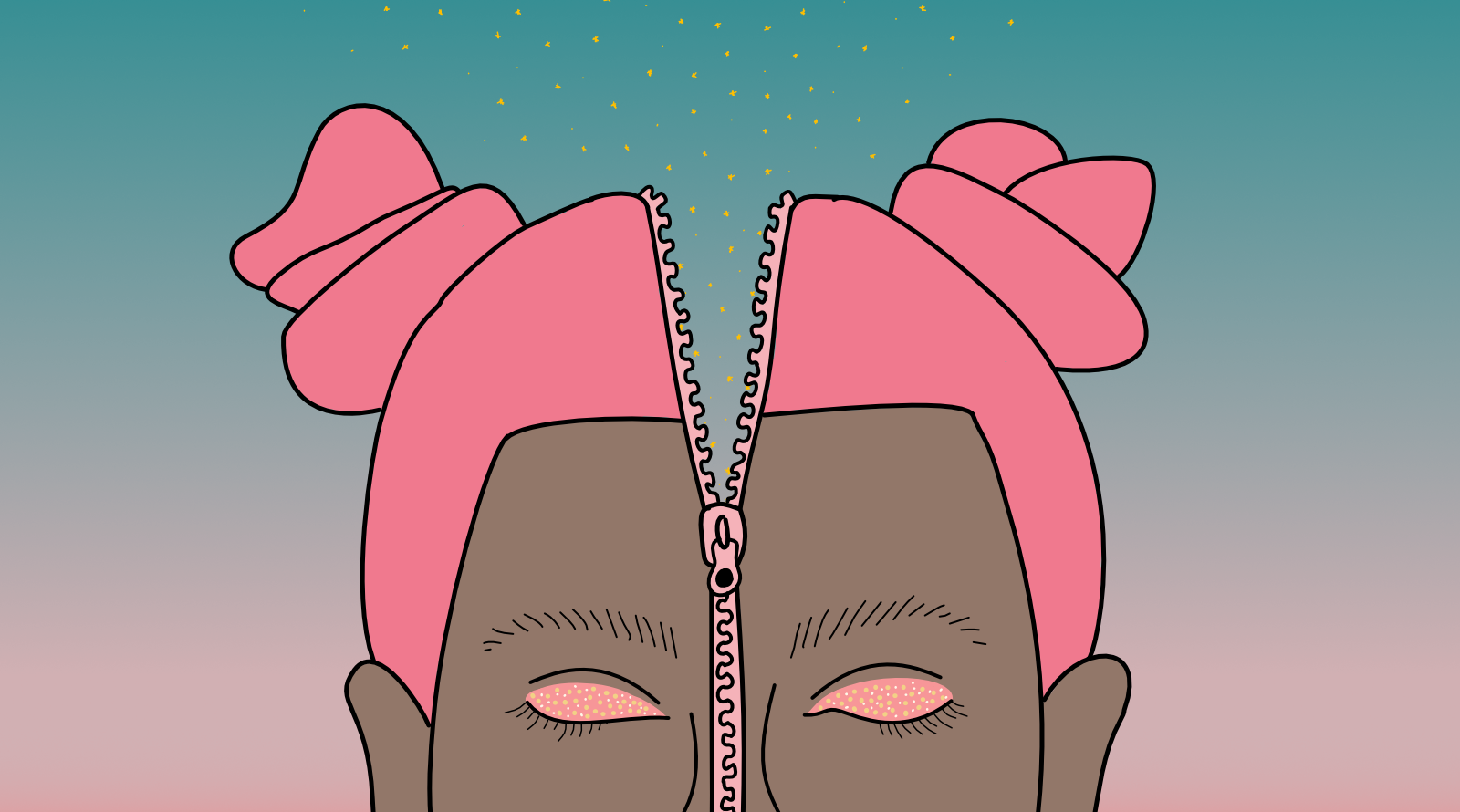Editor’s Note: Mentions of alcohol
Picture this scene. It’s the Prohibition era, so it’s going to have to be black and white. Edie enters the strip club's washrooms. The walls are marble and the sinks are shiny. She is wearing hold-ups with a lace band, and her hair is tied up in a bun. We don’t really know what colour her lingerie is because, as I mentioned, everything is in black and white.
Edie gasps as soon as she sees one of her colleagues standing on the toilet seat, analysing the ceiling.
“Pray, what are you doing?”
The lady peers down after moving a tile on the ceiling.
“I found some alcohol bottles hidden in the ceiling yesterday. Good Lord! It’s gone already.”
Edie shrugs her shoulders, secretly wondering why her colleague had the idea of moving ceiling tiles while sitting on the toilet.
Now picture the scene again, but in colour (Edie’s lingerie turns out to be red), because this happened in Berlin, Germany, 2025.
The Prohibition era in my strip club was introduced when the manager found out we were abusing the free drinks at the bar. The rule has always been that every dancer could have two free drinks per shift at the bar, but, after noticing some of us staggering around, drunk, even when the club was empty and no customer could have possibly bought us drinks, the trick became clear to him. We were asking for more than two free drinks, and the bar staff was being generous to us. As a consequence, the limit of drinks we could order at the bar, free or not, was lowered from two to zero. Yet, prohibitionism is not known to work too well, and that’s how we come to the story of the alcohol bottles hidden behind ceiling tiles. The whole situation felt darkly entertaining to me - I had seen something like this happen only in Orange is the New Black. I felt catapulted into one of the series’ episodes: abuse of power, hot lesbians, and contraband.
The Prohibition era in my strip club was introduced when the manager found out we were abusing the free drinks at the bar.
Initially, I wasn’t opposed to the new rule. I was glad the management cared about us not getting wasted–I couldn’t say the same about most clubs. Unfortunately, I soon discovered that the no-free-drink rule wasn’t really about our health, it was because they wanted to motivate us to persuade the customers to buy us drinks instead. The club where I work, like most European clubs, is, in fact, a mix between a traditional strip club and a champagne or gentlemen’s club. We earn our money by selling lap dances and receiving tips, but we also get a commission on the champagne bottles the customers buy to spend time and drink with us. Drinking, basically, is not only allowed: it’s encouraged.
The history of the “gentlemen’s club” model is fascinating, and it dates back to 19th-century England. The term was established to identify the private clubs where wealthy men would meet to socialize over drinks. They were places of luxury, glamour, exclusivity, and symbols of wealth, where expensive champagne was served alongside cigars. This model was innovated in mid-20th-century America, when Hugh Hefner founded the Playboy Club; he was the one who added the girls to the fun. The concept was not new, and a similar model had been adopted in post-World War II Japan’s hostess clubs. Similarly to Japanese hostess clubs, where women were paid commissions to make conversation with the patrons and pour them drinks, the Bunnies were tipped to flirt with the club’s members and to convince them to buy expensive bottles.
None of these places offered lap dances and sexual services yet (allegedly, but I wasn’t there to confirm), and the women’s role was more related to intimacy, ego stroking, and fantasy. Besides the sexual aspect, another difference between a gentlemen’s club and a strip club lies in the clientele’s social status: where strip clubs are open to a broader audience, gentlemen’s clubs are meant to be exclusive for the wealthy, requiring a certain dress code and a membership card. I don’t think the two differences are unrelated, since whorephobia is even more prevalent in higher socioeconomic classes.
Interestingly, many modern strip clubs have mixed the two models, and overpriced champagne bottles and VIP rooms are sold in mainstream strip clubs too. From past gentlemen’s clubs to modern strip clubs, the consumption of mind-altering substances seems to be consistent. I worked my first shift in a strip club in January 2018 and, to be completely honest, I thought I was signing up for a job as a dancer, not as a professional drinker. To this day, I find it highly problematic that our earnings are tied to alcohol consumption.
We earn our money by selling lap dances and receiving tips, but we also get a commission on the champagne bottles the customers buy...
There are tricks strippers use to avoid drinking the bottles they are offered (tricks I am not going to disclose publicly for obvious reasons), but they don’t always work. Moreover, if someone is already struggling with substance abuse and they are constantly exposed to their trigger, it’s going to be extremely hard for them to manage to maintain sobriety. As a stripper struggling with it myself, I have been thinking about how the industry could be kept sustainable for strippers who still want to work in the environment but want to stay sober. I have worked in clubs overseas that didn't follow the gentemen’s club model, and where strippers don’t earn any commission on the alcohol they sell and drink with the clients.
I have worked in some clubs overseas where we didn’t earn any percentage on the drinks, and earnings were made only from private dances and tips. For me, it felt so much easier to work sober there. I am aware that this wouldn’t be the solution to all problems, since we could still be offered cocktails or buy them at the bar, but it would help. If, at least, alcohol consumption were disentangled from our earning potential, the temptation would be limited. If I had to craft my ideal club, it would be based on this kind of model rather than the gentlemen’s clubs’. Another measure that could help with the problem would be offering more non-alcoholic options that the client could buy for you, rather than just champagne bottles, and these options should be worth it, because in clubs where these non-alcoholic options are available, they usually pay much less than selling champagne.
Nonetheless, it’s important to underline that substance abuse is not a problem intrinsic to sex work establishments, as society often portrays. The stereotype of the drug addicted sex worker is widespread in mainstream media and people’s minds. Substance use and abuse is not really tied to sex work, it’s tied to nightlife jobs in general, and to jobs that require long and stressful working hours. Bar tending, working in “normal” dance clubs, but also in gastronomy, are all environments that share this problem with night-time sex work establishments.
I am going to sound corny now, but I have to. If you are struggling with substance abuse at work, you are not alone. Seek support from trusted colleagues; you’d be surprised to see how many sex workers can relate to you and are willing to help. There are also support groups available, like AA meetings that are exclusive for sex workers, or, if AA is not your jam and you resonate with more modern approaches, SMART recovery programmes, and local drug counselling centres free of charge. If you are seeking books with useful resources, my all-time favourites I’d recommend are Quit Like A Woman by Holly Whitaker and Unbroken Brain by Maia Szalavitz.
In general, there is nothing to be ashamed of, and you are not “too weak” if you keep falling into a substance abuse pattern. The system doesn't make it easy for you, and it’s a very challenging environment to work in when it comes to sobriety.
Are you a sex worker with a story, opinion, news, or tips to share? We'd love to hear from you!
We started the tryst.link sex worker blog to help amplify those who aren't handed the mic and bring attention to the issues ya'll care about the most. Got a tale to tell? 👇☂️✨





